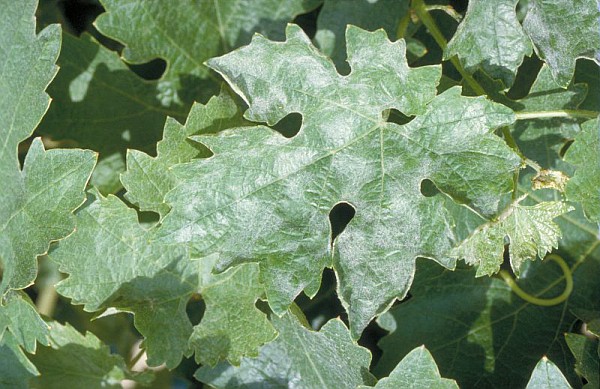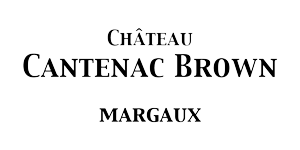If roses are nowadays placed in front of the vineyards for aesthetic reasons, it was not always so. Where does this tradition come from? What was the purpose of these rosebushes? Cantenac Brown explains it all to you.
Roses: a screening system for powdery mildew, a disease in the vineyards
The most serious reason is to detect certain diseases of the vine, especially powdery mildew. Indeed, roses are vulnerable – and even more sensitive – to certain diseases that also affect the vine. Thus, when the winegrower detected the first signs of the disease on the leaves of the rosebushes, he could intervene to treat his vine and save his harvest!
Today, technology allows winegrowers to detect this disease even before the whitish powder appears in the vine. Nevertheless, the rosebushes are still placed at the edge of the plots for the aesthetics of the vines and as a testimony of the past.
What is powdery mildew?
Powdery mildew is one of the most dangerous diseases for the vine, just like mildew.
Favored by humidity, it is due to the activity of a fungus that attacks the leaves and berries of the plant. The attack is characterized by the appearance of spots of white powder on the leaves or berries, which the disease gradually destroys. Hence its nickname of “white disease”.
Deprived of leaves, the plant can no longer develop or produce grapes. The whole crop can be destroyed if the winemaker does not react.

How to treat powdery mildew?
The risks of powdery mildew can be minimized in a preventive way by a serious work of the vine: to space sufficiently the rows and to clean well the vegetation between the rows and around the feet of vines to facilitate the aeration of the vine, which allows to evacuate moisture.
Once the disease is present, curative treatments must be applied as soon as possible to slow down or even eradicate its spread:
- Cut off affected leaves and berries and burn them
- Treat with sulfur or Bordeaux mixture (copper sulfate). Note that these two treatments are organic (because they use products that are not chemically transformed). They are no less dangerous for the environment! Their quantities of use are regulated by the organic labels.
- Spreading a decoction of nettle roots or sorrel for the most environmentally sensitive winegrowers


